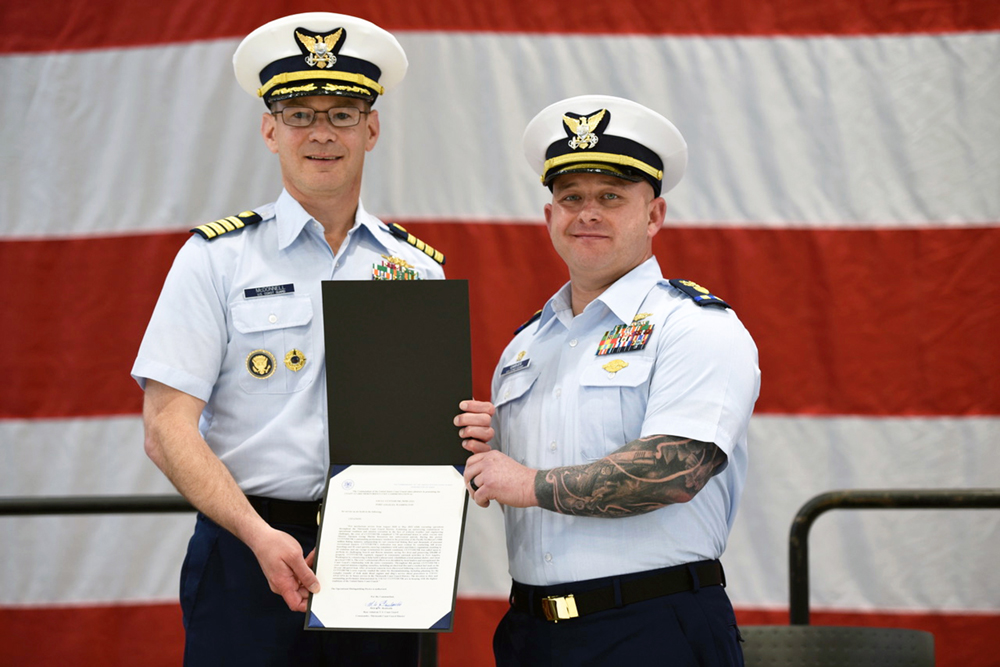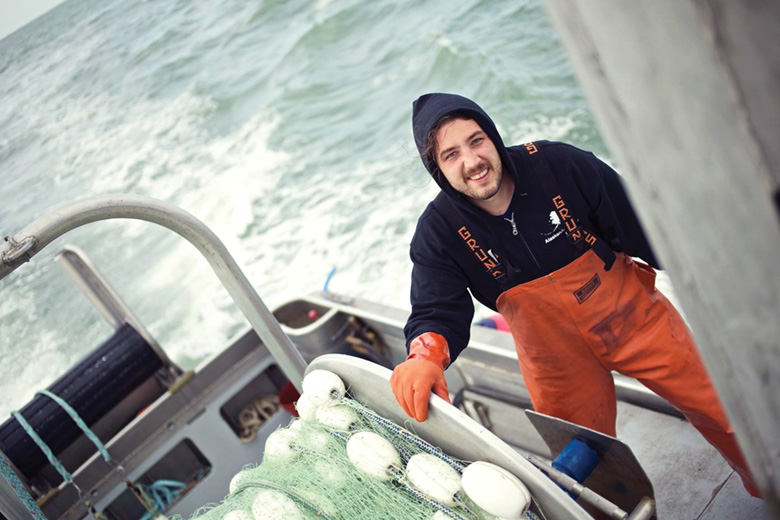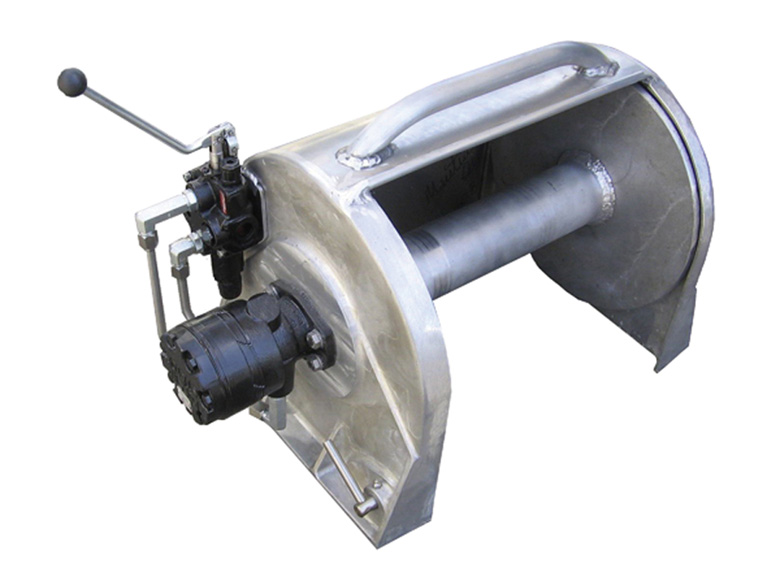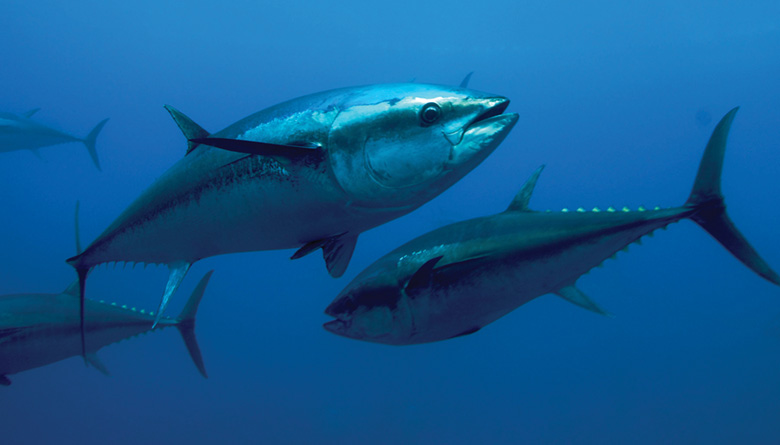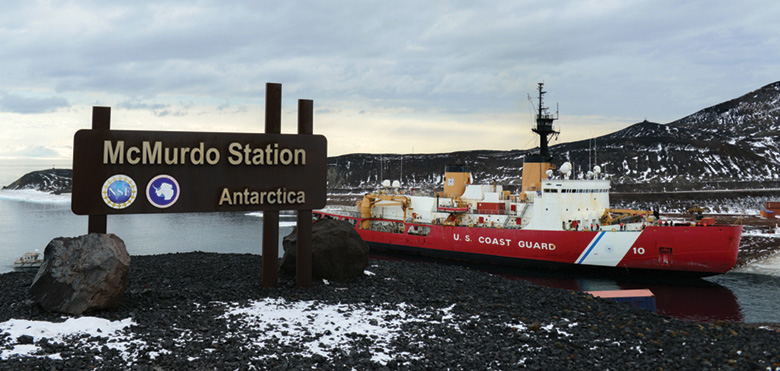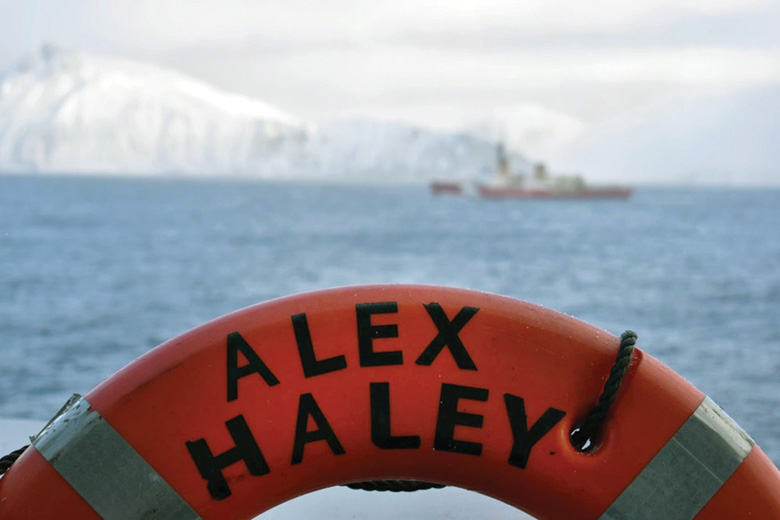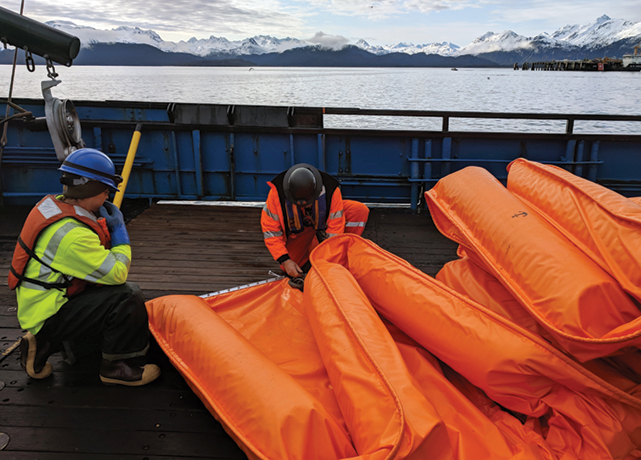Coast Guard Cutter Cuttyhunk Decommissioned
One of the U.S. Coast Guard’s remaining 110-foot Island-class patrol vessels, the cutter Cuttyhunk, was decommissioned May 5 in a ceremony at Air Station Port Angeles in Washington.
Cuttyhunk, one of 37 remaining such Island-class patrol boats in service, was the 22nd of 49 of the vessels built. A fleet of 154-foot Sentinel-class cutters will replace the Island-class vessels, according to the USCG.
The Cuttyhunk was commissioned in 1988 to support various USCG operations, including search and rescue, drug and fisheries enforcement and maritime homeland security. During its 34-year tenure, the vessel’s crew has accomplished more than 1,000 operations ranging from responding to searches and rescues in the Pacific Northwest to helping in various submarine escorts.
Commanding Officer and ...

